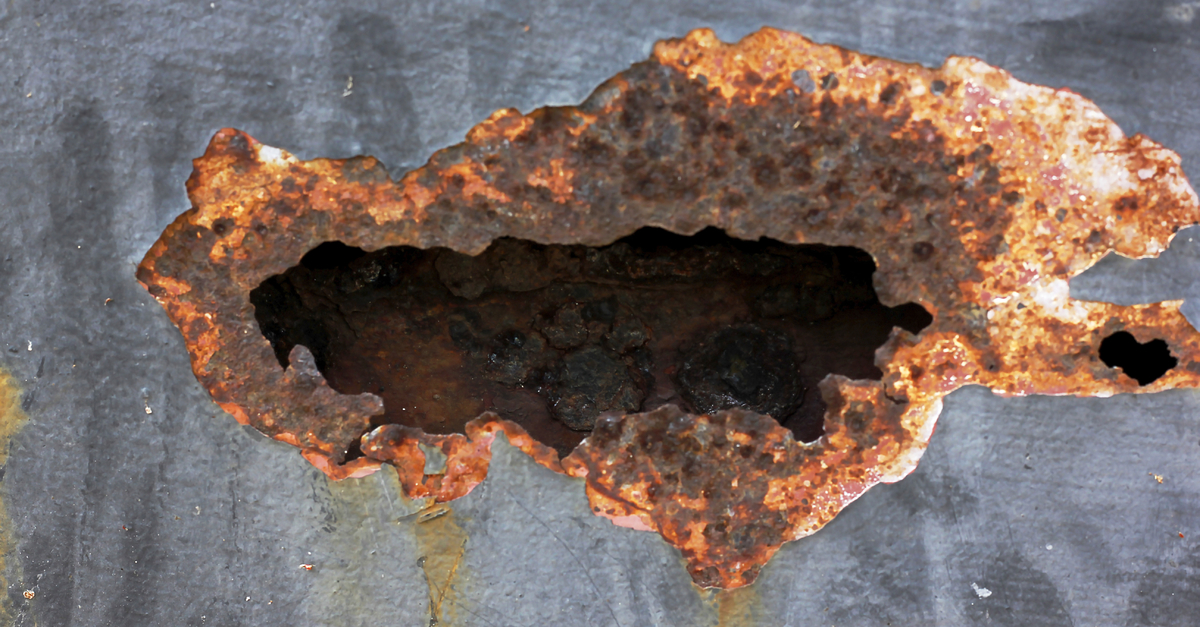An Arizona State University research team has released new insights about intergranular stress-corrosion cracking that will change the way we approach engineered structure maintenance. Their research affects all engineered structures—bridges, aircrafts, and nuclear power generating plants.
The Findings
Their research addresses the previous assumption that intergranular stress corrosion cracking, or SCC, is the result of tensile stress and corrosion being present at the same time. Professor of Materials Science and Engineering at ASU Karl Sieradzki lead the research team comprised of several other researchers from ASU and Pacific Northwest Laboratory. Their research efforts were supported by the U.S. Department of Energy.
According to Sieradzki, their findings are the culmination of almost 30 years of work on this kind of stress corrosion problem, but they now have the information needed to design new alloys that will be more resistant to stress corrosion-induced failure. The main focus of their research was demonstrating that the roles of stress and corrosion can act independently, when they were previously thought to work together.
Fighting Old Assumptions About Metal Failure
The conventional thought on this matter was that, for SCC to occur, the simultaneous presence of tensile stress, a corrosive environment and a susceptible material were all necessary. This research paper directly challenges this old viewpoint. Sieradzki and his team found that SCC can occur if the corrosion happens first, before the material is subjected to stress.
The research team analyzed the behavior of a laboratory model silver-gold alloy, which mirrors the corrosion behavior of important alloys like nickel-based alloys and stainless steel. These are common materials used in nuclear power plants, and corrosion in them results in the formation of holes the size of a nanometer inside the corroded layer. What they found was that the key to figuring out rapid SCC in these materials is the adhesion between the material itself and the separate corroded layer.
Essentially, as long as the adhesion between these layers is cared for and maintained, a crack that begins in the corroded layer may reach the uncorroded alloy. What this means is that there can be a significant mechanical component to stress corrosion cracking that can’t be identified by any specific measurement of corrosion.
The Impact
The important thing to note here is that a corrosion measurement, while informative, can significantly underestimate the rate at which stress corrosion cracking can occur by multiplicative factors of 10 or more.
For more of the latest news affecting the power, biomass, cement and lime, steel and metals, and paper industries, contact Southern Field today.


